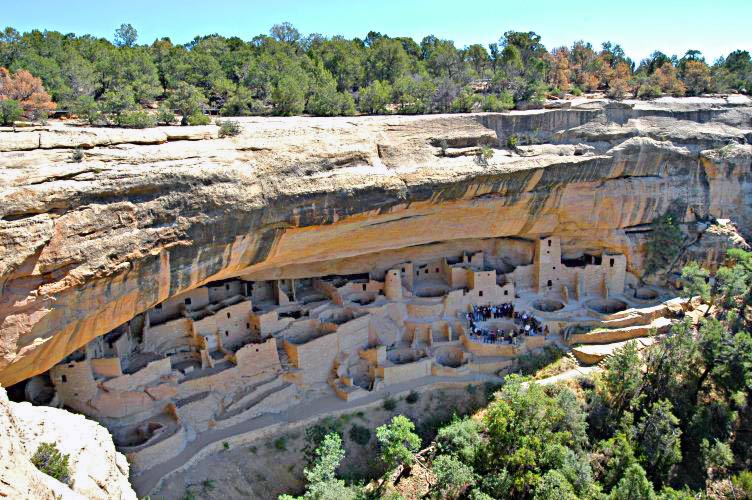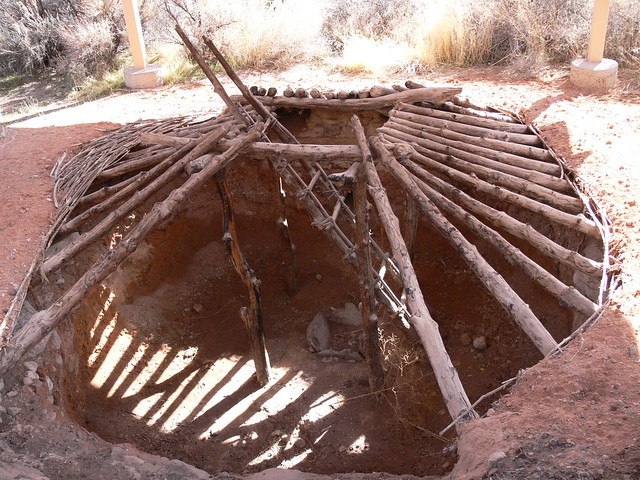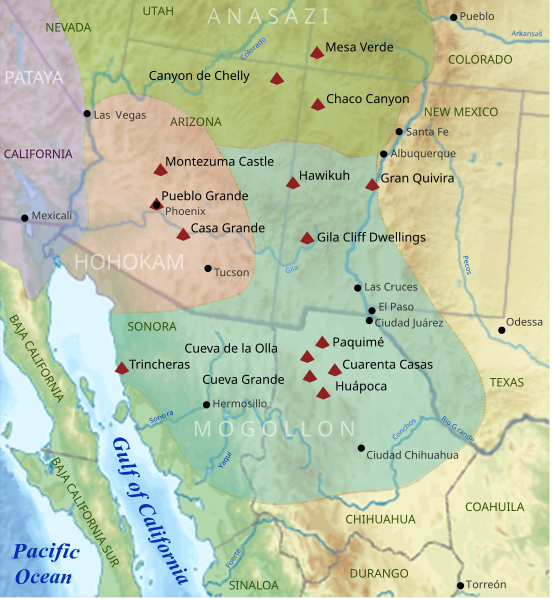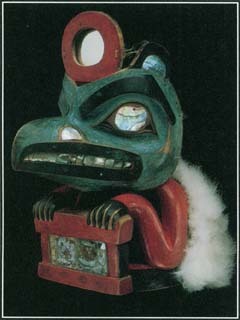Op-Ed Contributor
Leave These Southwest Ruins Alone

Wren McDonald
By DAVID ROBERTS
Published: December 22, 2013
It has been called the best preserved ruin in the
Southwest.
Built in the 13th century by Ancient Pueblo peoples (Anasazi*), its 20-odd rooms splendidly fill an oval sandstone alcove in an obscure canyon on the Navajo reservation in Arizona.
Built in the 13th century by Ancient Pueblo peoples (Anasazi*), its 20-odd rooms splendidly fill an oval sandstone alcove in an obscure canyon on the Navajo reservation in Arizona.
The ruins and rock art left behind by the Ancient Ones all over the
Southwest constitute, arguably, our country’s richest archaeological
heritage. And they stand as mute testimony to a profound mystery — the
sudden abandonment by the Ancestral Pueblo peoples of the whole of the Colorado Plateau in the years just before
the beginning of the 14th century.
Many of the places where the Anasazi once flourished are not only uninhabited today; they are so remote that it can take several days of backpacking through trail-less, tortuous canyons to reach them.
Many of the places where the Anasazi once flourished are not only uninhabited today; they are so remote that it can take several days of backpacking through trail-less, tortuous canyons to reach them.
Scattered about these ruins still lie broken pieces of painted pottery,
chert flakes from which stone tools were made and corncobs filling
granaries where the last dwellers left them. Under the dirt sleep the
dead who made this world cohere.
Yet no prehistoric sites in the U. S. are more fragile and vulnerable.
Yet no prehistoric sites in the U. S. are more fragile and vulnerable.
A century and a half of looting and vandalism has severely damaged such monumental villages as Cliff Palace at Mesa Verde and the cave dwellings of Bandelier National Monument.
By now, all that saves the still-pristine sites such as the one on the Navajo reservation is their obscurity and the difficulty of getting to them.
With my fellow aficionados of the canyon country, I adhere to a rigid ethic: When you visit the ruins and rock art, disturb nothing, and if you write about them, be deliberately vague about where they are.
The most ominous new trend is the proliferation of websites giving the
GPS coordinates of those prehistoric ruins and rock art panels. Armed
with those numbers, the most casual curiosity seeker need not even read a
map: One can simply home in on the place with device in hand.
And it is those folks, I believe, who are most
likely to take home pots or arrowheads as souvenirs, or to damage
the stone-and-adobe rooms as they clamber through them.
Can anything be done to reverse this trend? Americans are as fond of
gizmos like the GPS as they are of guns. The Navajo Nation cannot be
expected to post a year-round guard at that matchless ruin in the
obscure canyon or at others in the remote reaches of the reservation.
And government agencies cannot police the thousands of sites on federal
land all over the Southwest.
Educating the public may be the only hope. We can take heart in the
virtual disappearance of some of the more rapacious crimes against
Southwestern prehistory. In the early decades of the 20th century, for
instance, ranchers and locals made a sport of using the petroglyphs for
target practice. Their bullet scars are as indelible as the surreal
humanoids carved so long ago into the sandstone.
Read more @ Link: http://www.nytimes.com/2013/12/23/opinion/leave-these-southwest-ruins-alone.html?nl=opinion&emc=edit_ty_20131223&_r=0
.......................................
Ancient Pueblo Peoples
Ancient Pueblo peoples or Ancestral Pueblo peoples were an ancient Native American culture centered on the present-day Four Corners area of the United States, comprising southern Utah, northeastern Arizona, northern New Mexico, and southwestern Colorado.


Cliff Palace at Mesa Verde



Emmett Harryson, a Navajo, in doorway,1929

Doorways, Pueblo Bonito in Chaco Canyon, New Mexico
They lived in a range of structures, including pit houses, pueblos, and cliff dwellings designed so that they could lift entry ladders during enemy attacks, which provided security.

Prehistoric roads and great houses in the San Juan Basin
George A. Grant photographer for National Park Service
They lived in a range of structures, including pit houses, pueblos, and cliff dwellings designed so that they could lift entry ladders during enemy attacks, which provided security.

Prehistoric roads and great houses in the San Juan Basin
Archaeologists
still debate when this distinct culture emerged. The current consensus,
based on terminology defined by the Pecos Classification, suggests
their emergence around the 12th century BCE, during the archaeologically
designated Early Basketmaker II Era. Beginning with the earliest
explorations and excavations, researchers wrote that the Ancient
Puebloans are ancestors of contemporary Pueblo peoples.
Archaeologists
referred to one of these cultural groups as the Anasazi, although the
term is not preferred by contemporary Pueblo peoples. The word Anaasází
is Navajo for "Ancient Ones" or "Ancient Enemy".
National Park Service
George A. Grant photographer for National Park Service






 Slide Show
Slide Show









